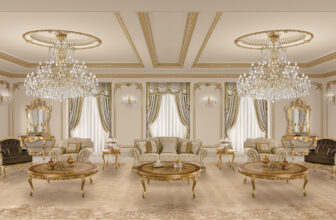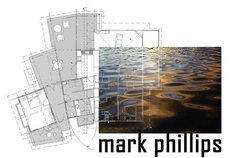Hofman & Brown Architects

Hofman and Brown Architects has achieved a solid reputation for designing innovative, high quality residential architecture in Western Australia. The practice was established in 1993 by Paul Hofman and Debra Brown to pursue a fundamental philosophy of developing contemporary, appropriate and functional architectural solutions that reflect the individuality and needs of clients. We recognise the importance of designing architecture that respects the local environment while exploring appropriate materials and forms. For each and every project we investigate and incorporate the principles of energy efficiency as part of the overall design strategy.
Driving directions to Hofman & Brown Architects on map
Hofman & Brown Architects on Google Maps
Projects:
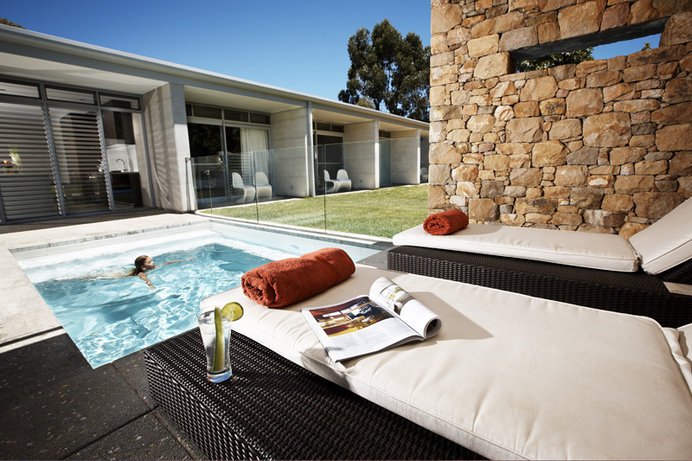
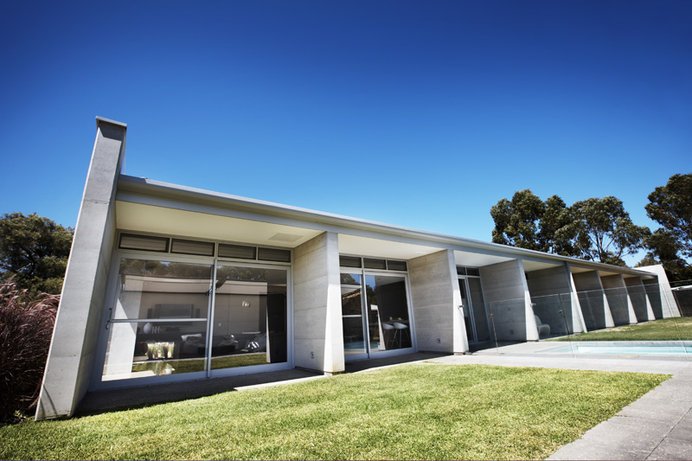

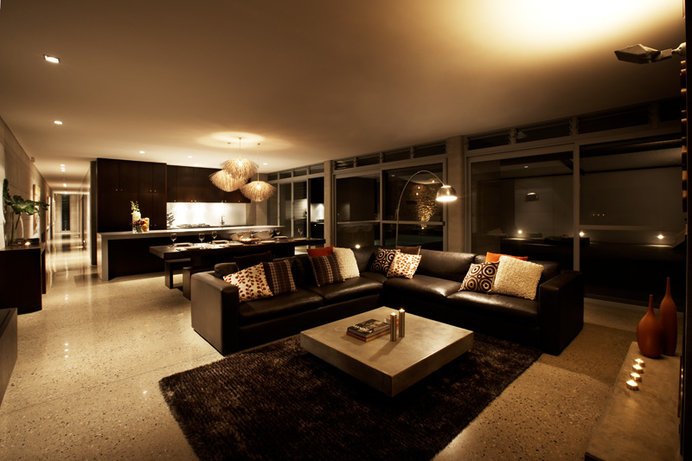
Esuoh, Yallingup
Western Australia, 2009
‘We want you to re-invent the Yallingup holiday house, create a retreat from the everyday, a destination in itself, a getaway where you can watch a movie under the stars or sun yourself on a daybed by the pool, a striking and sophisticated ‘bunker’ that is out of the ordinary’. This was the brief from the clients for their 2009m2 site in the heart of the south-west wine region of WA. The design intent was to create a simple dwelling that exudes a resort ambience with a contemporary feel and a blend of style and comfort. The owners wanted a private retreat to suit their family with two children, a place to share with friends, a house with a difference in the luxury holiday rental market. The materials palette was chosen for it’s robustness, ease of maintenance, environmental performance and local flavour. The stabilised rammed limestone walls are a warm grey and combine with the waxed dado plaster, polished concrete, aluminium, glass and stone, to form a restrained but textural language for the project.
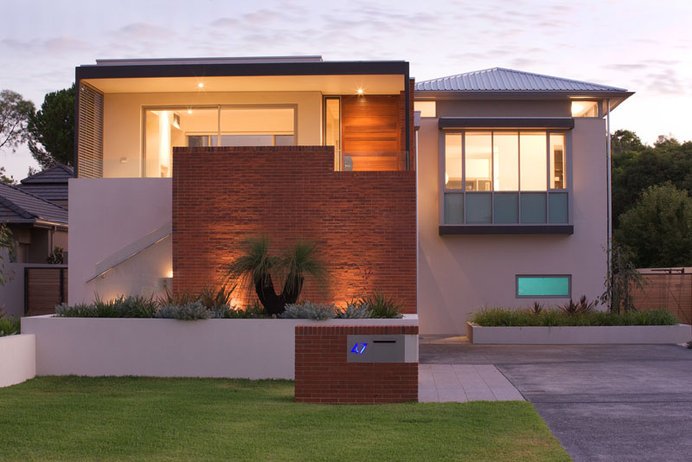

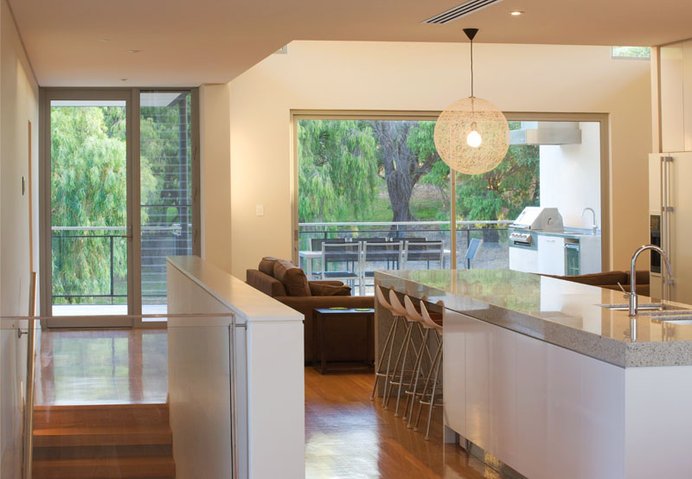
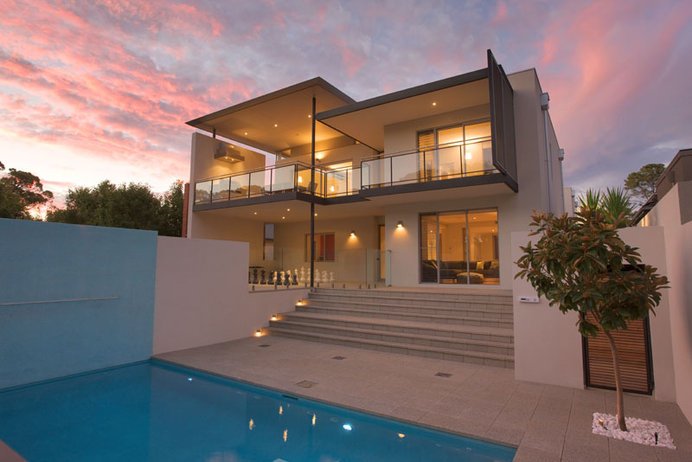
Mount Claremont House
Western Australia, 2009
A narrow strip of development only one property deep characterizes this site, enabling potential ‘green’ views over playing fields to the north and the rolling fairways of Cottesloe golf course to the south. To take full advantage of this opportunity the design incorporates the idea of an ‘upside-down’ house, locating the major living spaces on the upper floor level and zoning the children’s bedrooms and playroom on the ground floor. By placing the living ‘heart’ of the house, above the ground plane the ‘green’ views to the north and south are experienced simultaneously. Care was taken in the design to reduce the overall scale of the house. This is achieved by breaking the mass of the building into three distinct forms. Two flat roofed boxes (with landscape court between) to the east are juxtaposed via the lower height, central circulation zone against the major volume of the pitched roofed block (housing the major living spaces) to the west. The house benefits greatly from a north/south axis and by breaking the major mass into three distinct blocks this allows controllable north light into all of the major living spaces.
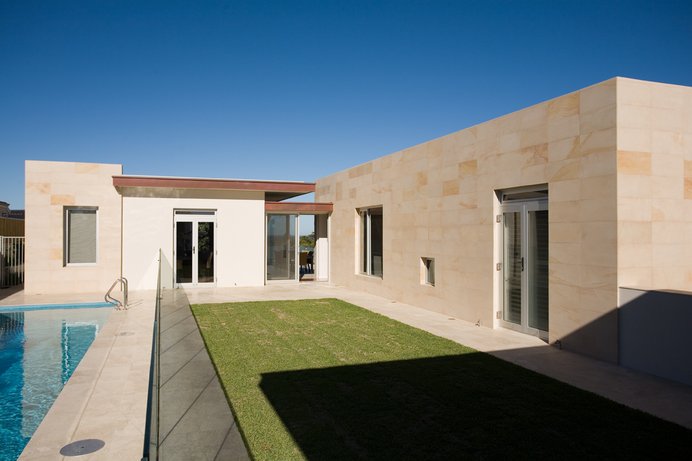
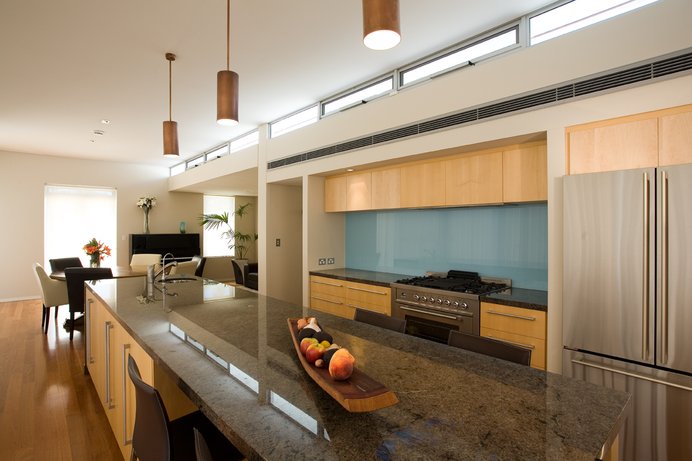
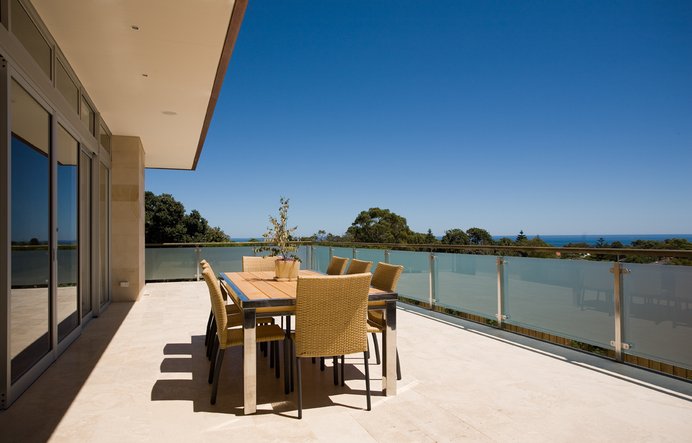
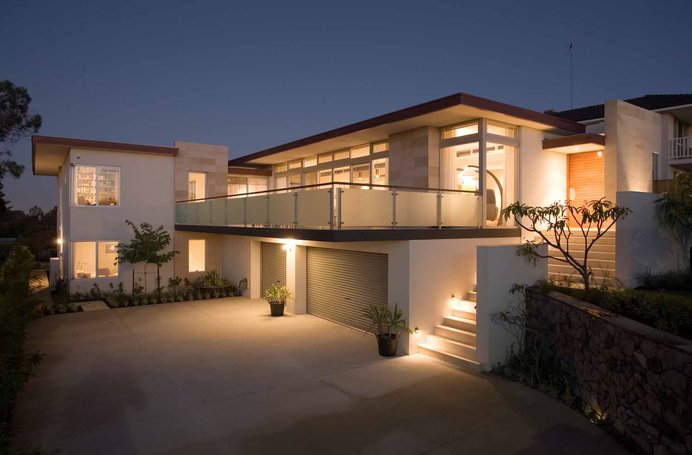
City Beach House
Western Australia, 2007
Like many Perth suburbs, City Beach has it’s own unique character; situated on the edge of the Indian Ocean ,the suburb has (by Perth standards) undulating streets with large housing blocks generated by low density zoning. The housing stock is an eclectic mix of 1960’s houses built at the time of the original subdivision and newer ‘McMansions’ which are slowly replacing the original 1960’s houses. The beauty of the site is that it commands long views to the ocean to the west and north-west and over a leafy valley to the north east. The brief was for a contemporary home that maximized the site while not being ostentatious from the street. The house was to reflect our unique climate and outdoor lifestyle. As many rooms as possible were to have ocean views.



